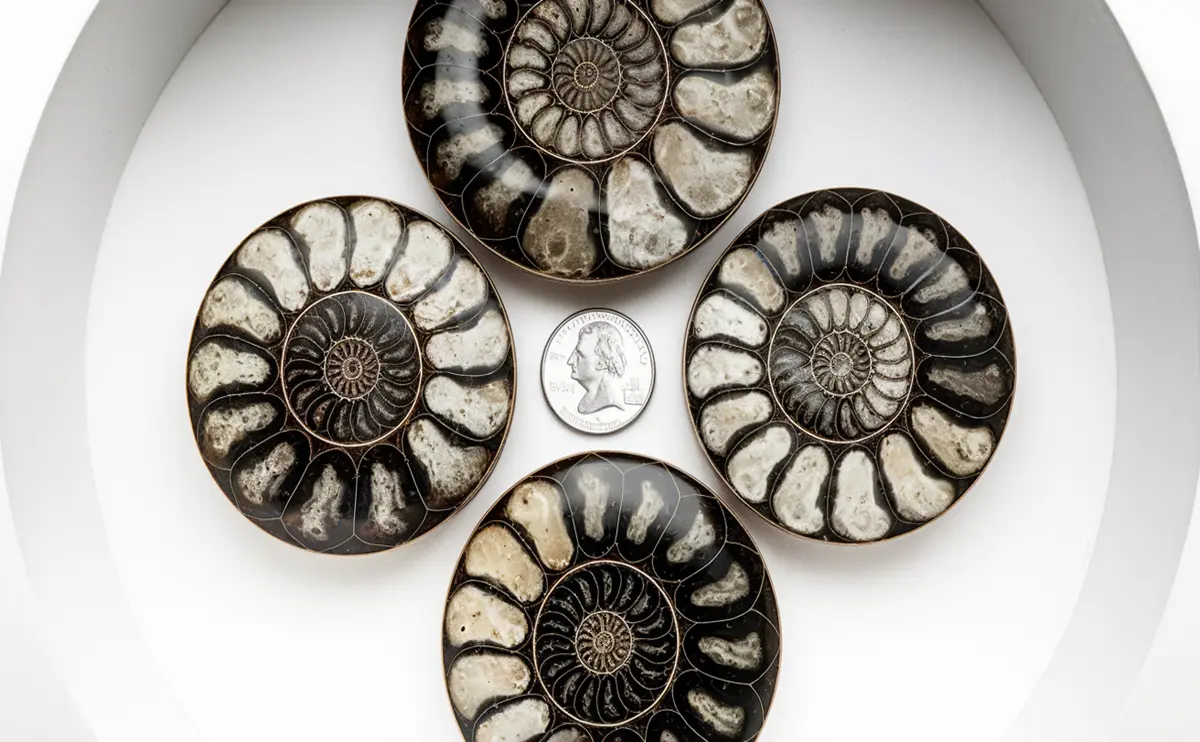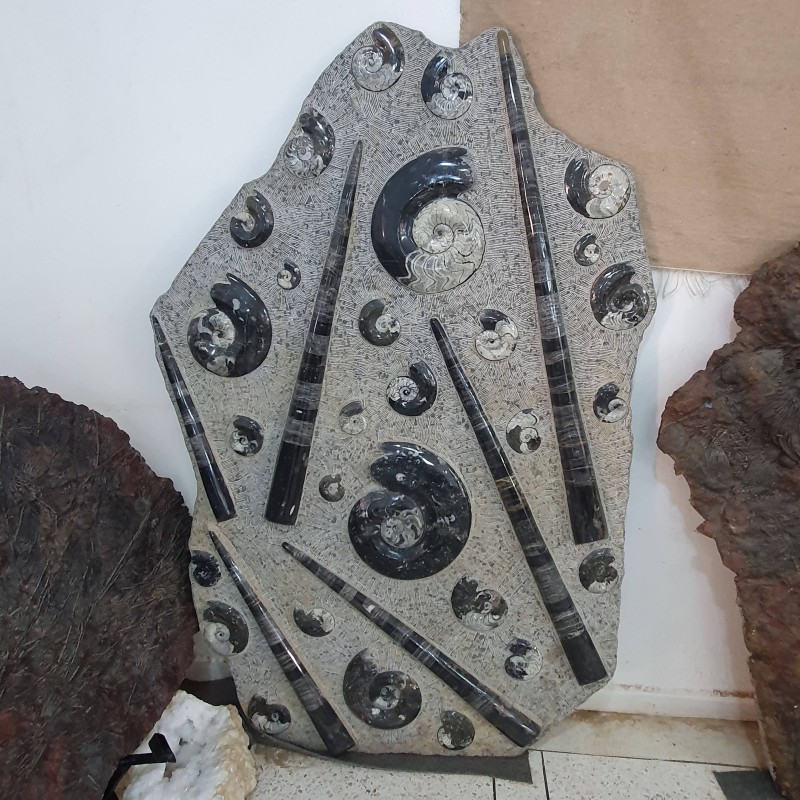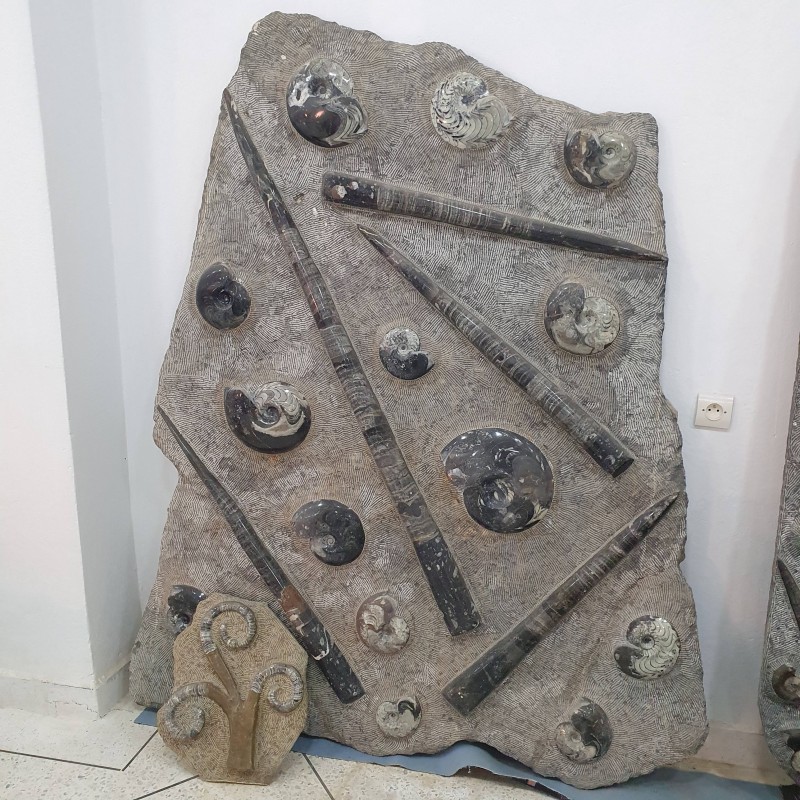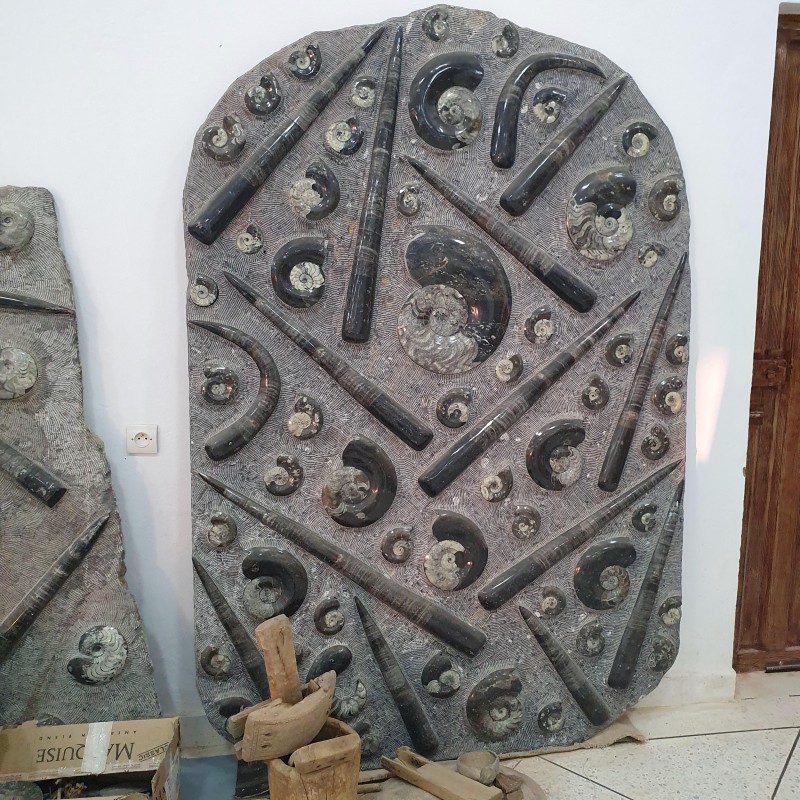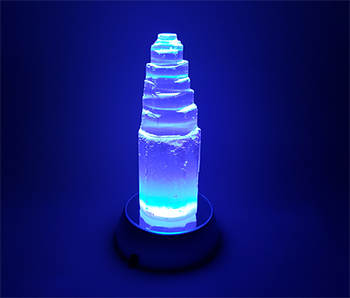Goniatites are captivating fossils that date back hundreds of millions of years, offering us a glimpse into life in the ancient oceans of the Paleozoic era. These marine creatures, now extinct, belong to the cephalopod family, making them relatives of ammonites, nautiluses, and modern-day squids and octopuses. Their fascinating spiral shells are preserved in layers of mudstone, shale, and limestone, revealing a detailed history of Earth’s past marine environments. Let’s dive into the fascinating history, evolution, and importance of goniatites.
In this article / Jump to
What Are Goniatites?
The Paleozoic Ocean Dwellers
Fossilization and Preservation of Goniatites
The Importance of Goniatites in Paleontology
Evolutionary Links with Modern Cephalopods
Discover the Timeless Beauty of Goniatite Fossils
What Are Goniatites?
Goniatites are a type of ammonoid, a group of extinct marine mollusks that thrived in the world’s oceans from the Devonian period (around 400 million years ago) through to the Permian period (ending about 250 million years ago). Known for their characteristic spiral shells, goniatites’ shells were segmented into chambers, which they used for buoyancy. As they grew, they moved into new chambers, leaving behind smaller, air-filled segments that helped them float through ancient seas.
The Paleozoic Ocean Dwellers
Goniatites lived in the ancient seas that covered large portions of the Earth. These prehistoric marine creatures navigated the depths of tropical oceans, where they likely played an essential role in the food chain. The ancient seas where goniatites thrived were filled with a rich variety of marine life, from primitive fishes to trilobites. Goniatites’ resilience and adaptability allowed them to survive through significant geological events, including the Devonian and Carboniferous periods, before they eventually disappeared in the Permian mass extinction.
Fossilization and Preservation of Goniatites
Goniatite fossils are commonly found in mudstone, shale, and limestone formations, where they were preserved over millions of years. These sedimentary rocks provide the perfect environment for fossil preservation, capturing details of the shell structure and helping scientists understand their anatomy and evolutionary history. Northumberland and other fossil-rich regions are well known for their goniatite deposits, with many fossils uncovered in these ancient rock layers.
The Importance of Goniatites in Paleontology
Studying goniatite fossils allows scientists to better understand the ancient marine ecosystems of the Paleozoic era and the progression of cephalopods over geological time. These fossils help us trace the evolutionary journey of marine species and the shifts in Earth’s climate and sea levels. By examining goniatites’ preserved shell patterns, scientists gain insights into the biodiversity of ancient oceans and how life has evolved in response to environmental changes over time.
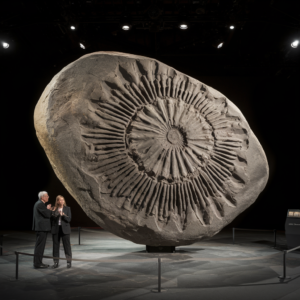
Evolutionary Links with Modern Cephalopods
As relatives of modern cephalopods, goniatites provide valuable information on the evolution of creatures like squids and octopuses. Although goniatites themselves are extinct, they share structural and functional similarities with today’s cephalopods. Their sophisticated buoyancy system and chambered shells are echoed in modern nautiluses, which use similar adaptations to survive in the ocean depths.
Discover the Timeless Beauty of Goniatite Fossils
For fossil enthusiasts, goniatites offer an incredible glimpse into a long-lost world beneath the waves. Each goniatite fossil holds a piece of history and showcases the beauty of nature’s ancient designs. These fossils, with their intricate shell patterns, provide a window into a fascinating past when strange and wonderful creatures ruled the seas.
Are you ready to dive into the world of Paleozoic seas and bring a piece of history into your collection? Discover our goniatite collection and explore these beautiful fossils that have endured through the ages.

